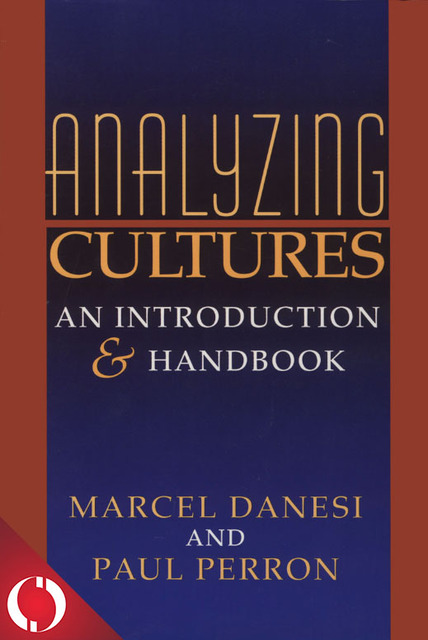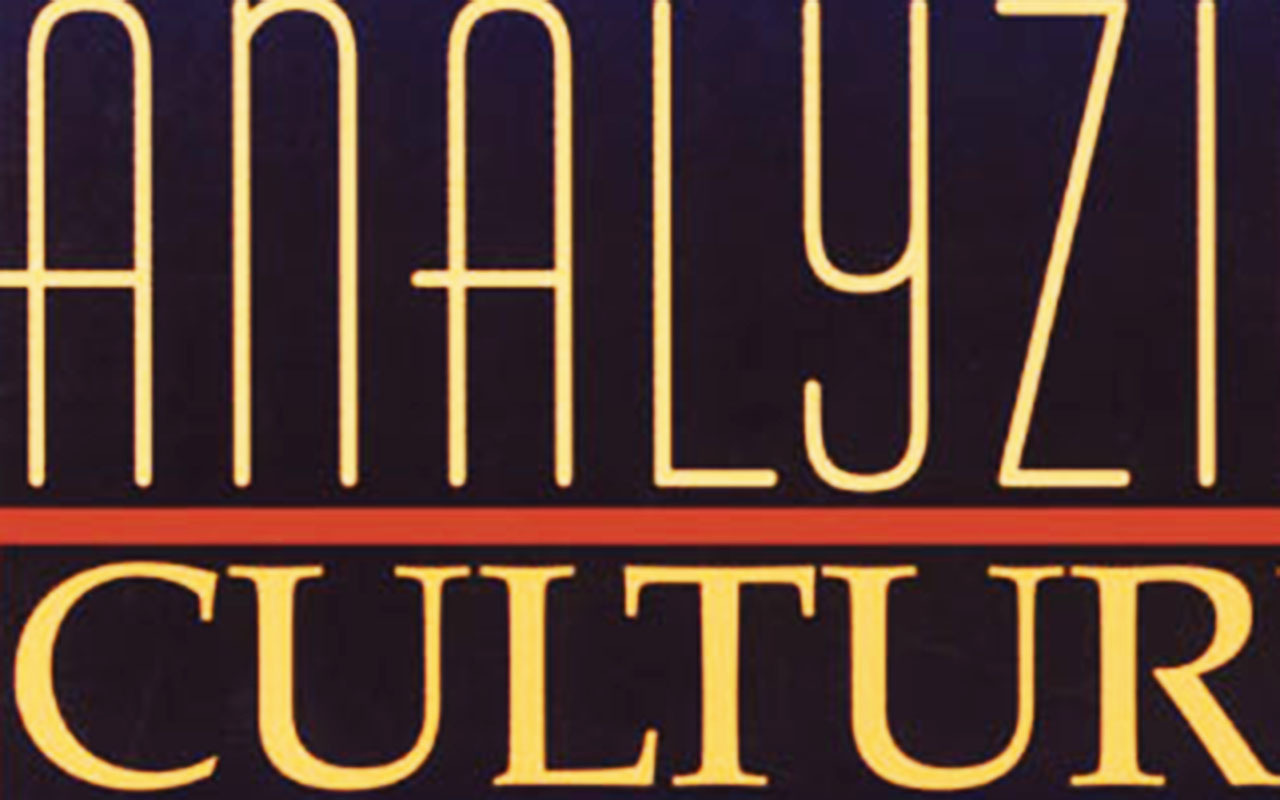Analyzing Cultures
An Introduction and Handbook
Analyzing Cultures provides what readers of semiotics, anthropology, communications, and media studies have long searched for: an intelligent and engaging introduction to semiotic analysis. Marcel Danesi and Paul Perron have written a unique primer that addresses the way culture is studied within a semiotic framework.
The authors give a concise, accessible overview of theories of signs in the history of philosophy and the social sciences. Principles of semiotic analysis are presented with vivid examples drawn from the world around us. Chapters are devoted to, among other things, the body and nonverbal communication; language acquisition, language in its social context, and how language shapes thought; cultural meanings of territories, spaces, and buildings; the importance of art to culture; cultural meanings of objects, artifacts, and technological processes; forms and cultural functions of narrative; and television and advertising media.
Analyzing Cultures is without peer as an introduction and reference for readers who want to understand the place of semiotics in the history of philosophy and the social sciences.

Table of Contents
Metadata
- isbn978-0-253-05345-9
- publisherIndiana University Press
- publisher placeBloomington, Indiana USA
- restrictionsCC-BY-NC-ND
- rightsCopyright © Trustees of Indiana University
- rights holderIndiana University Press
- rights territoryWorld
- doi
We use cookies to analyze our traffic. Please decide if you are willing to accept cookies from our website. You can change this setting anytime in Privacy Settings.


